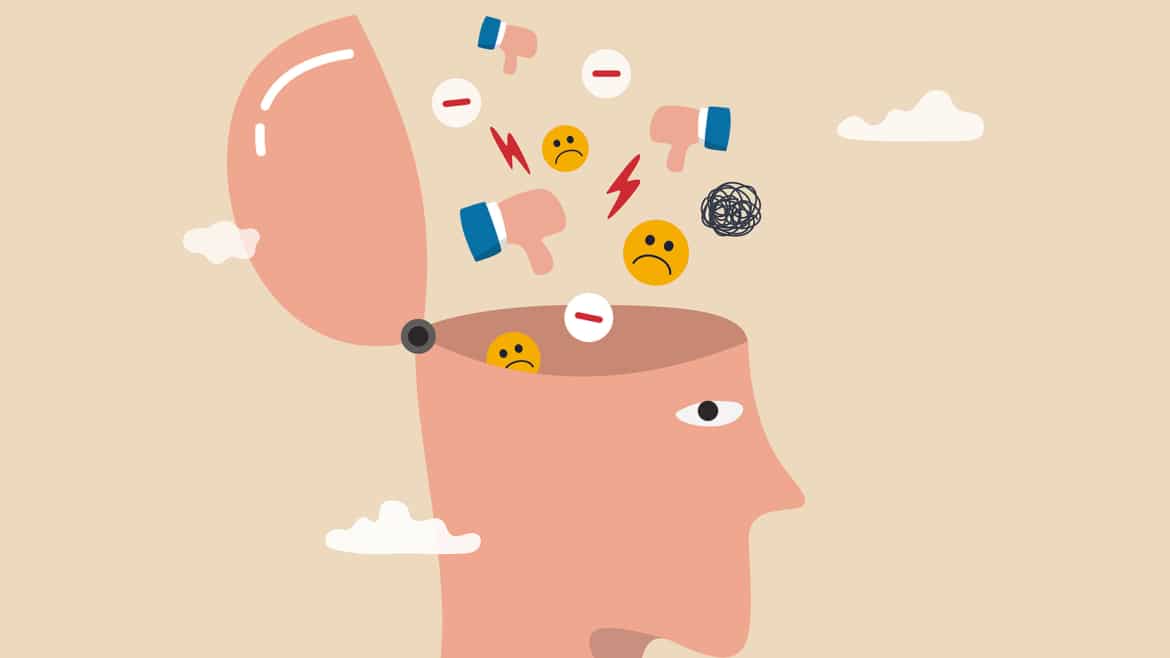Researchers have identified that the amygdalae in autistic children with anxiety show greater volume than those of autistic children without anxiety. This suggests that the brain mechanisms underlying anxiety in autistic youth are related to differences in the amygdala.
Amygdala is a crucial area in the brain responsible for emotion processing, social behavior, and memory formation. It also plays a pivotal role in regulating fear and stress responses.
It acts as the switchboard for the rest of your brain by taking in incoming information, evaluating it, and sending instructions on how to deal with a particular situation or emotion. When anxiety is present, this switchboard flips into high gear, reacting more intensely than it should to stressors.
According to lead investigator Emma Durden, the new findings are derived from a method of magnetic resonance imaging (MRI) which allowed her team to investigate the amygdala volume in autistic children with and without anxiety. The research had 233 participants aged between 5 and 18, including 101 autistic participants, 37 neurotypical individuals, 59 ADHD and 36 OCD (Obsessive compulsive disorder) participants. The participants’ anxiety level was also evaluated and confirmed using a widely used scale, including parents’ self-reports through questionnaires and interviews.
The study analysis revealed that the central amygdala (in the brain’s right hemisphere) was significantly more prominent in autistic and OCD children with anxiety than those of neurotypicals and those with ADHD. Similarly, the anterior amygdaloid increased in size with anxiety levels in autistic & OCD children. But not in neurotypical or ADHD children.
The left amygdala subnuclei remained unaffected by the anxiety levels in all participants.
Emma Duerden commented, “The relationship between different subnuclei & anxiety is yet to be unraveled. However, the central amygdala’s changes are likely a prominent factor in future research.
Psychiatry professor at the University of California, Christine Wu Norford, praised the study for its thoroughly detailed and impressive research. She said it’s a monumental effort to examine the amygdala with precision, considering the researchers scanned people with different conditions and neurotypical people on the same scanner. They avoided the common pitfall of comparing results from other scanners and the variability that might come with it.
Again, distinguished professor of psychiatry and behavioral sciences at the MIND Institute, David Amaral, commented on the study, saying: “This study provides an important window on the neural underpinnings of anxiety in autism, focus on amygdala subnuclei is highly relevant and much needed.”
The researchers concluded that the new findings strongly suggest structural changes in amygdala subnuclei associated with anxiety levels in autism, providing a platform to explore this area further. It is hoped that further research into amygdala volume and its impact on anxiety levels will help improve treatments for individuals living with Autism Spectrum Disorder.
However, more extensive studies with more diverse samples and tools will be needed to fully understand the relationship between amygdala volume and anxiety in autism.




